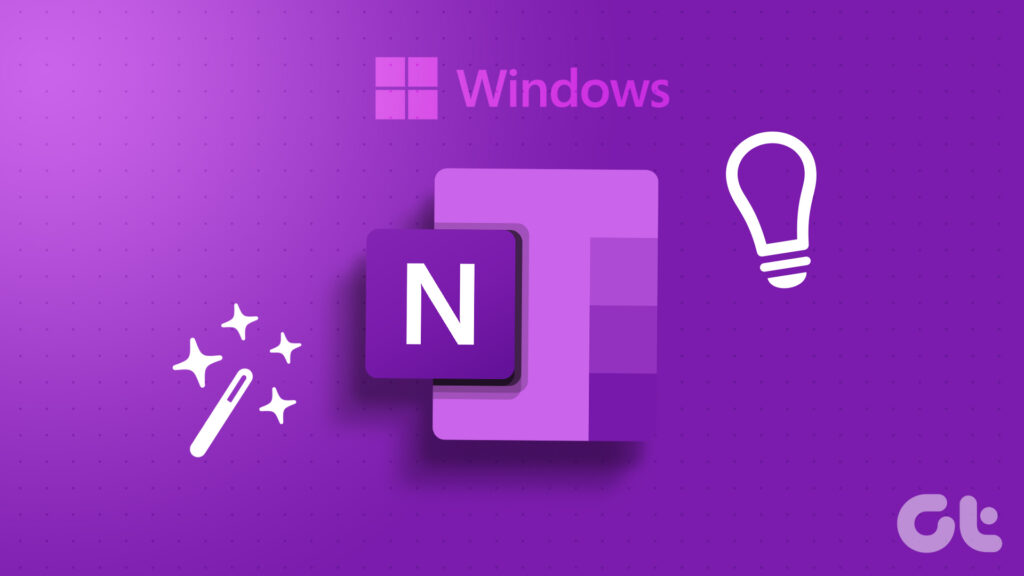AI and Machine Learning: Transforming the Future of Business Artificial Intelligence (AI) and Machine Learning (ML) are two of the most talked-about technologies in the business world today. These cutting-edge technologies have the potential to transform the way businesses operate, making them more efficient, productive, and profitable. With the rapid advancements in AI and ML, it is no surprise that they are being adopted by businesses of all sizes and industries. In this article, we will explore how AI and ML are transforming the future of business and the key benefits they offer. The Rise of AI and ML in Business The concept of AI has been around for decades, but it is only in recent years that it has gained significant traction in the business world. This is due to the exponential growth of data and the advancements in computing power, which have made it possible for businesses to harness the power of AI and ML. According to a report by Gartner, AI will create $2.9 trillion in business value and 6.2 billion hours of worker productivity globally by 2021. AI and ML are being used in various business functions, such as customer service, marketing, sales, supply chain management, and more. These technologies are helping businesses automate mundane tasks, make data-driven decisions, and improve overall efficiency. Let’s take a closer look at how AI and ML are transforming the future of business. Improved Decision Making One of the most significant benefits of AI and ML in business is their ability to analyze vast amounts of data and provide valuable insights. With the help of AI and ML algorithms, businesses can make data-driven decisions, which are more accurate and reliable than human decisions. For example, AI-powered predictive analytics can help businesses forecast demand, identify trends, and make strategic decisions to stay ahead of the competition. Moreover, AI and ML can also help businesses identify patterns and anomalies in data that humans may miss. This can be particularly useful in fraud detection, risk management, and cybersecurity. By leveraging AI and ML, businesses can reduce the risk of financial losses and protect their sensitive data. Enhanced Customer Experience AI and ML are also transforming the way businesses interact with their customers. With the help of chatbots and virtual assistants, businesses can provide 24/7 customer support, answer queries, and resolve issues in real-time. This not only improves the overall customer experience but also reduces the workload on human customer service representatives. Moreover, AI and ML can also help businesses personalize their marketing and sales efforts. By analyzing customer data, businesses can understand their preferences, behavior, and purchase history, and tailor their offerings accordingly. This can lead to higher customer satisfaction and retention rates. Increased Efficiency and Productivity AI and ML are also helping businesses automate repetitive and time-consuming tasks, freeing up employees to focus on more critical tasks. For example, AI-powered software can automate data entry, invoice processing, and other administrative tasks, reducing the risk of human error and saving time and resources. Moreover, AI and ML can also help businesses optimize their supply chain management. By analyzing data from various sources, such as sales, inventory, and weather forecasts, businesses can make accurate demand forecasts and optimize their inventory levels. This can lead to cost savings and improved efficiency. Real-World Examples Many businesses have already started leveraging AI and ML to transform their operations and gain a competitive edge. For example, Amazon uses AI-powered algorithms to recommend products to its customers based on their browsing and purchase history. This has led to a significant increase in sales and customer satisfaction. Another example is Netflix, which uses AI and ML to personalize its content recommendations for its users. This has helped the streaming giant retain its customers and attract new ones, leading to its massive success. Conclusion AI and ML are undoubtedly transforming the future of business. These technologies offer numerous benefits, such as improved decision making, enhanced customer experience, increased efficiency and productivity, and more. As AI and ML continue to evolve, we can expect to see even more significant advancements in the business world. It is crucial for businesses to embrace these technologies and stay ahead of the curve to remain competitive in today’s fast-paced business landscape. In conclusion, AI and ML are not just buzzwords; they are revolutionizing the way businesses operate and paving the way for a more efficient and productive future.






